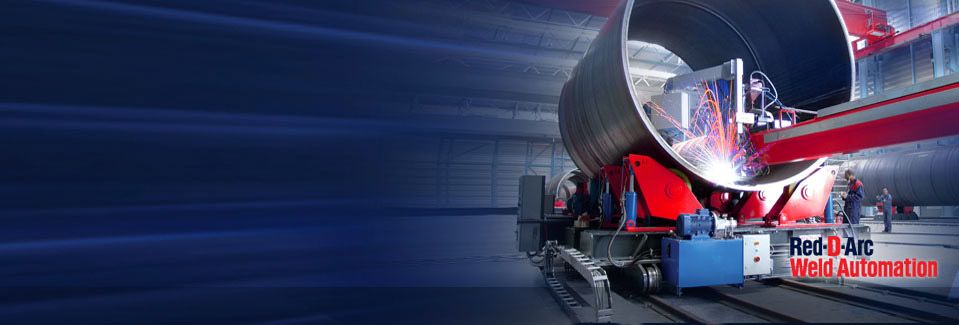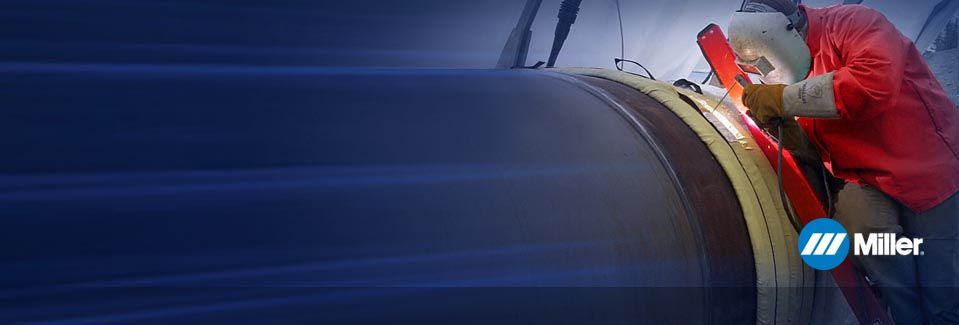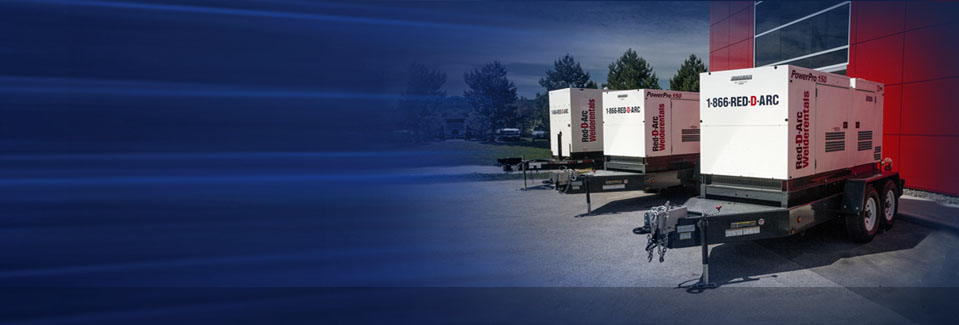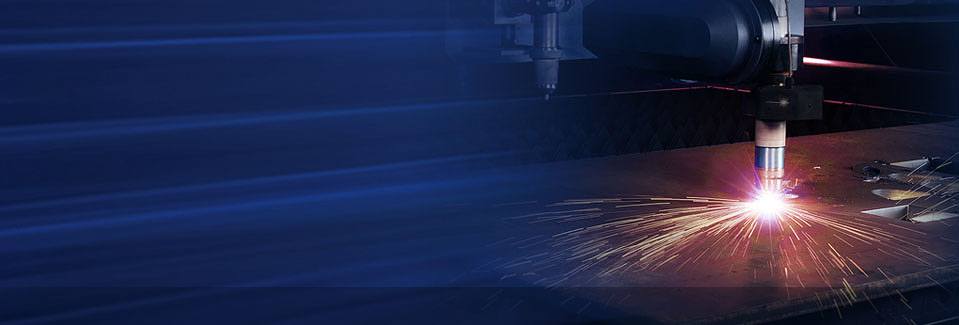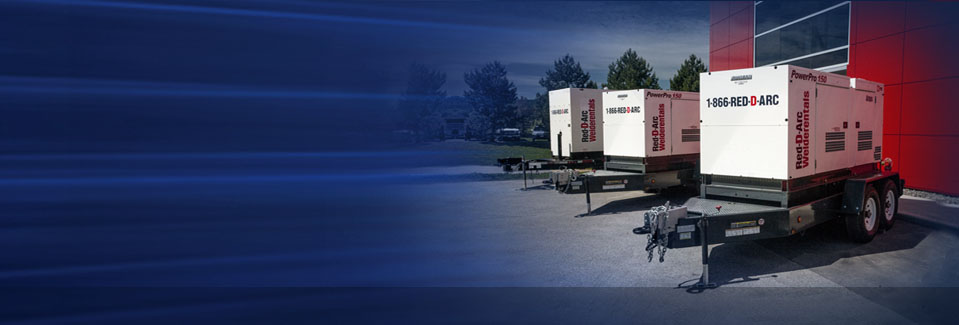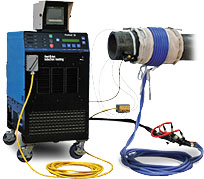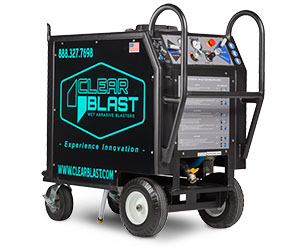Thursday, April 18, 2019
Here is how an efficient induction heating machine works
Induction heating is by far the most convenient and cost-efficient material heating process for the present industrial generation. To attain a highly efficient induction heating process, all you need is an electrically conducting object when subjected to varying intensities of the magnetic field. Hysteresis and losses due to eddy current go hand-in-hand to initiate the process of induction heating within your electrically conducting field.
How does your induction heating machine work?
To initiate the induction heating process, an induction machine first pulses DC at a high-frequency range. Ideally, this frequency range undergoes optimization at 160 kHz to induce. This direct current pulsing introduces constant magnetic field change. This magnetic field change introduces eddy currents within your conductive material near its coil. Hysteresis thereby heats up all the ferromagnetic material that is present there. The heat is generated due to the rapid change introduced in the magnetic field.
This process of induction heating is highly efficient compared to other alternatives as the heat wastage here is much less. Throughout the process of induction heating, there is no contact taking place in between your inductor machine and the parts subjected to it. You will not find the presence of any combustion gases either. Place the material you want to heat in a setting, isolated from the main power supply.
Here are some part characteristics to keep an eye on
Magnetic or non-magnetic in nature
Heating of magnetic material is relatively more comfortable than a non-magnetic variant. Besides the heat generated by eddy currents, the magnetic materials itself produce some heat described as the hysteric effect. Relative resistance or permeability of magnetic material is around 100 to 500 while that of non-magnetic material is around one.
Thick or thin
As around 85 percent of the heating process takes place on the surface of the material, small or delicate parts heat up more quickly in comparison than the thicker variants.
Resistivity
Materials possessing higher electrical resistivity are able to actively resist the current flow. This process quickly produces heat.
Manufacturers
of induction heating machines are
emphasizing more on their product quality control with the introduction of
cutting edge induction technology. Red-D-Arc is a prominent name in this
regard.
Wednesday, April 10, 2019
Are you aware of media blasting equipment?
By Chris Brown9:33 PMblasting machines, dry ice blasting, dry ice blasting rental, media blasting, media blasting equipment
No comments:

Professional media blasters are always in search of the best media blasting equipment for increasing their overall efficiency. When your equipment is right, and up to the mark, it will naturally multiply your profits. Here is a quick reference guide to help you understand blasting equipment.
Types of abrasive blasting equipment available in the market
Your blasting equipment falls into three different categories:
Tumble blasters
These are enclosed cabinets equipped with a rotating basket and a sandblast gun. These blasters work on the mechanism of random tumbling actions to ensure uniform sandblasting of all the parts placed within it. This tumbling process aims at removing rust, scale, and burrs, which ultimately produce a brightly colored or dull finish as per the requirement.
Cabinet Blasters
These blaster types are available in three different styles namely standard cabinet blaster, split-level cabinet blaster, and portable cabinet blaster. They are ideal when dealing with large and heavy blasting parts.
Portable Blasters
Portable blasters are available in the pressure fed or gravity fed variant. They are suitable for use in refinishing vehicles, monuments and brick buildings.
Important points to consider while buying blasting equipment
1. Cleaning speed and efficiency
Cleaning speed of the blaster is directly proportional to the compressed air utilized. The more CFM (cubic feet per minute) you opt for, the more heat your blasting equipment will generate under any pre-defined blasting pressure.
2. Size of your blasting cabinet
It is never good to opt for a cabinet size in alignment with the part size. Larger cabinets can generate the right amount of visibility as the abrasion expands at a comparatively lower particle density within the assembly. With larger cabinets, you can have good part mobility, which favors both movement as well as rotation.
3. Filtration
A dust collector is the reason why your production cabinet suits well for the production work. It generates the right amount of negative pressure, is cleanest and highly efficient in its mode of action.
The buyers should be aware of these basic points about media blasting equipment to avoid production loss.
Hence, choosing the right media blasting equipment is necessary if the production team aims at profit maximization with minimal investment.





